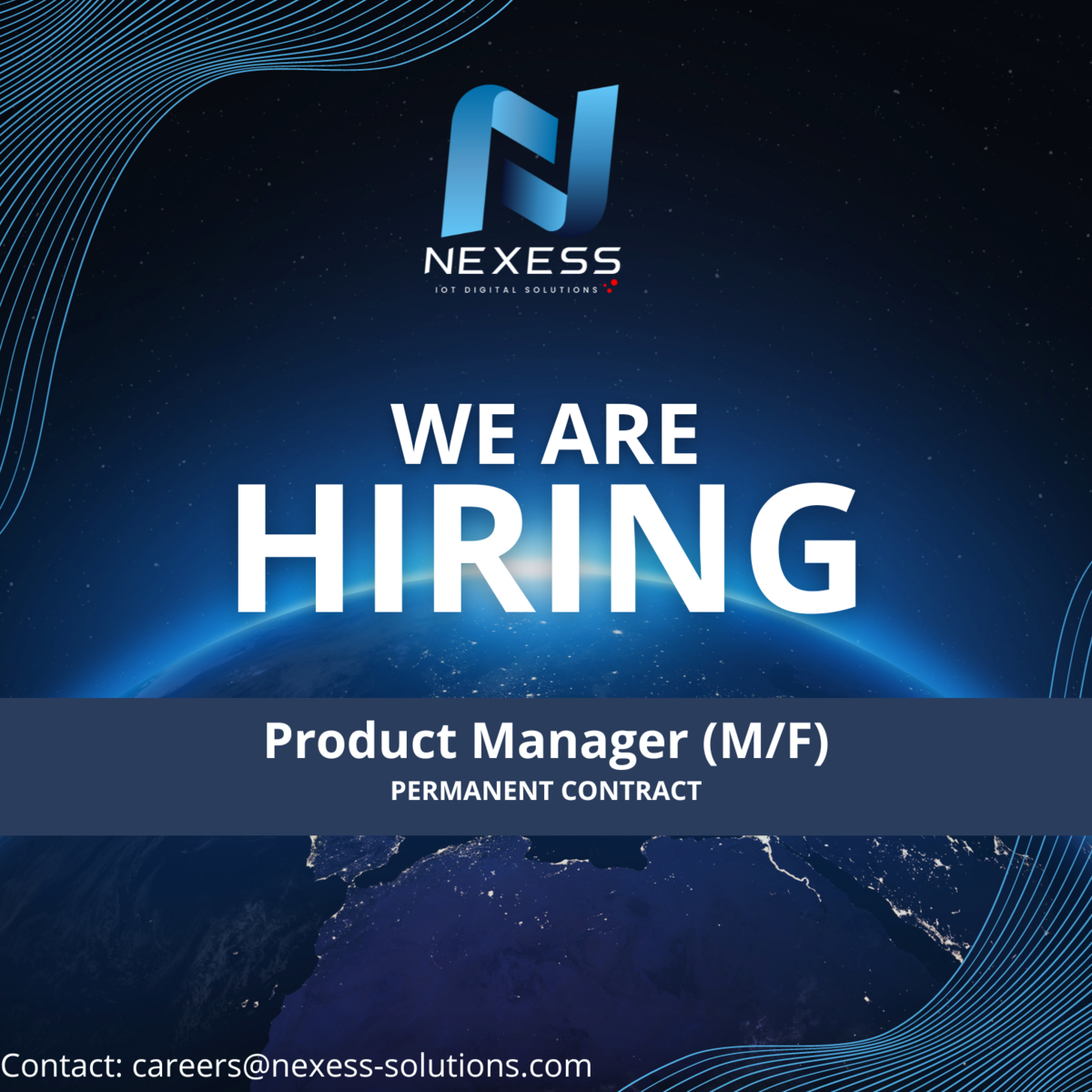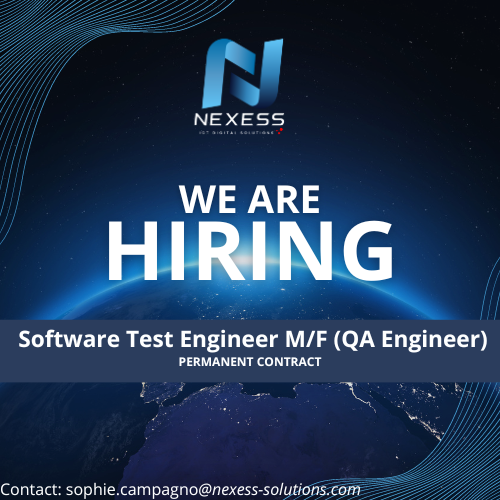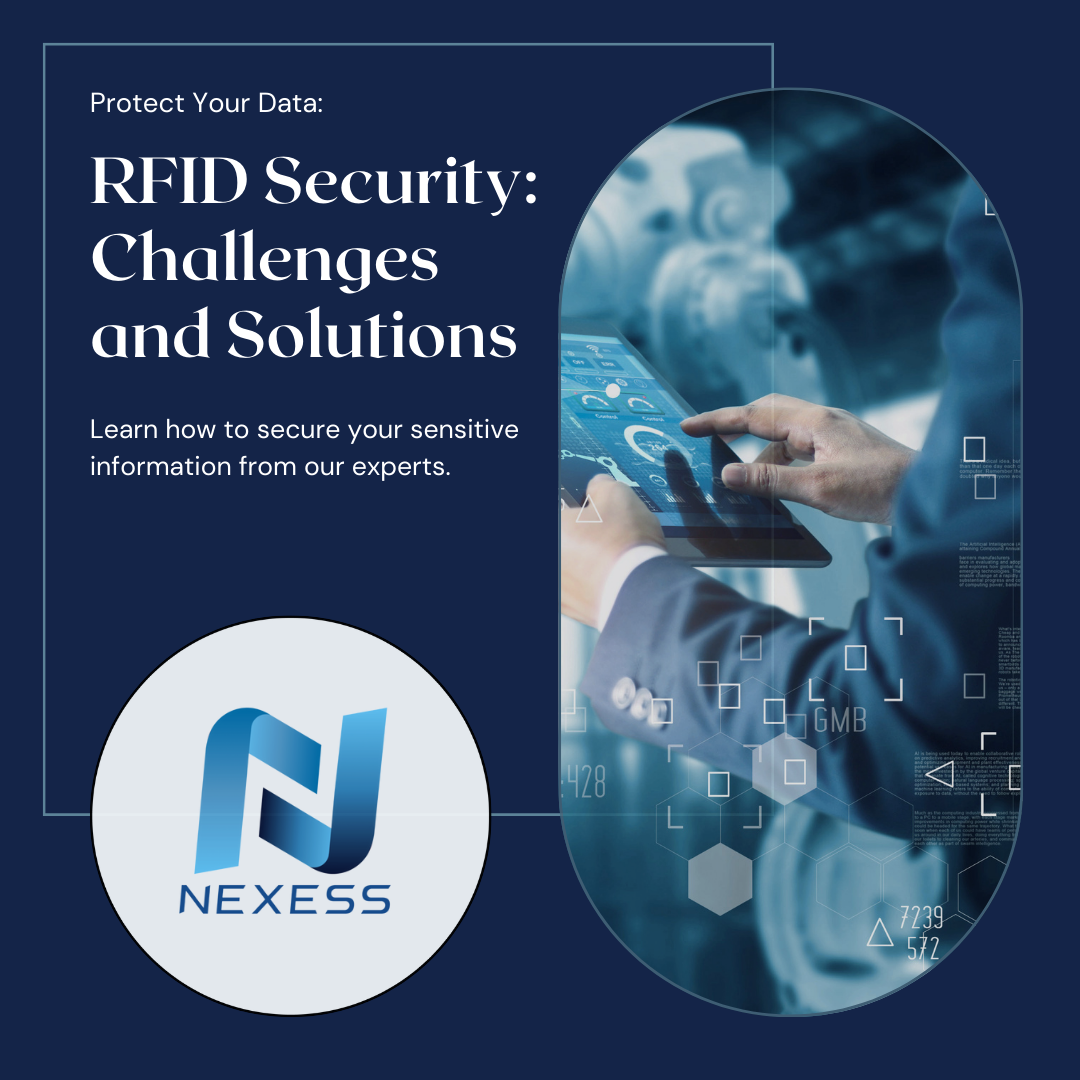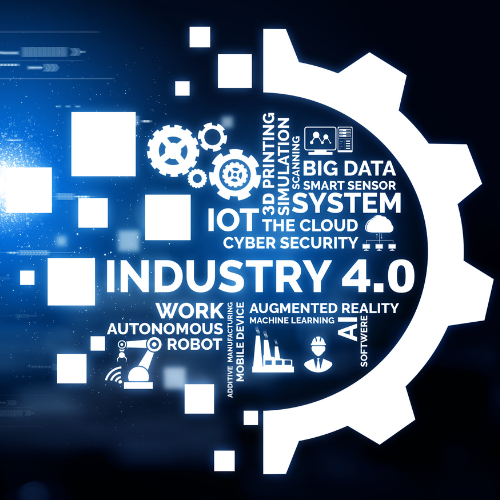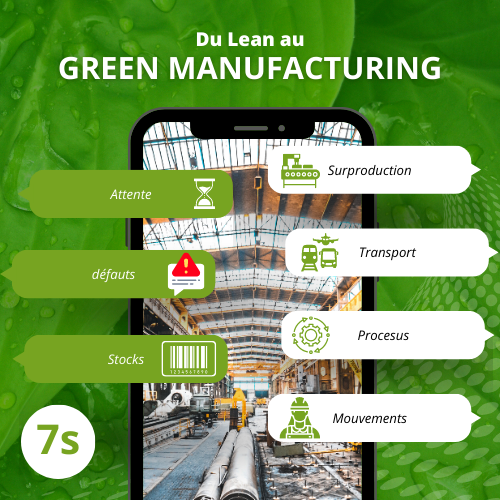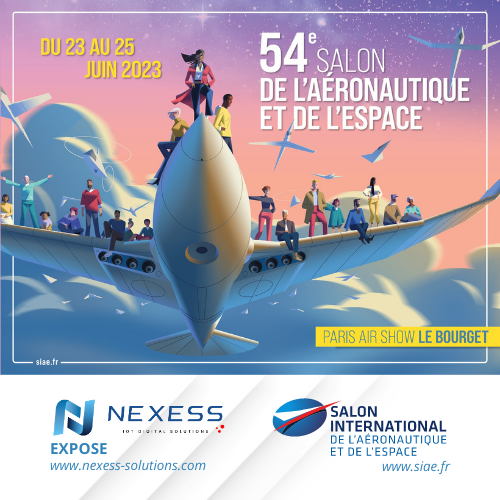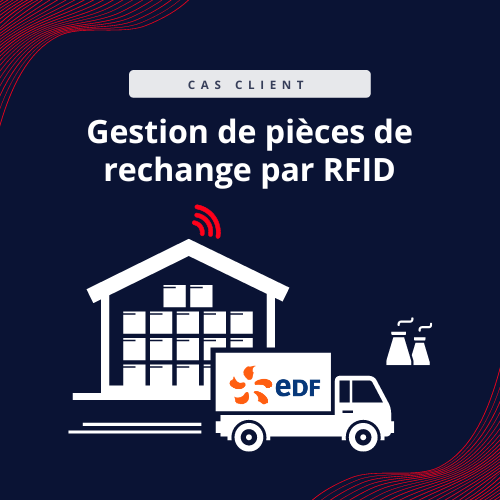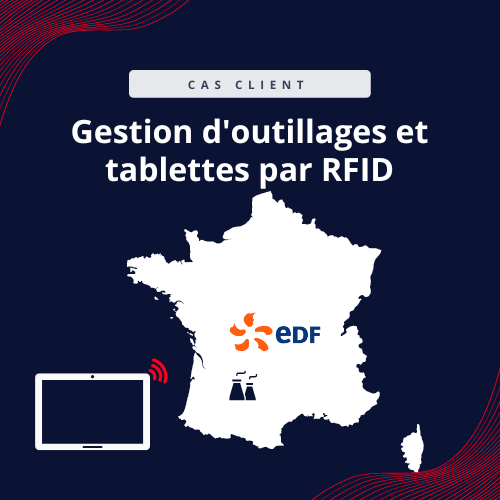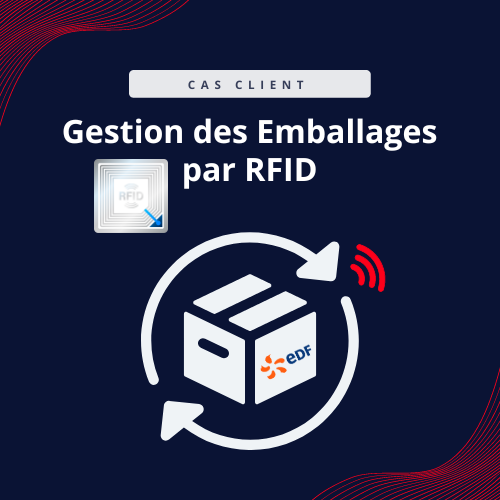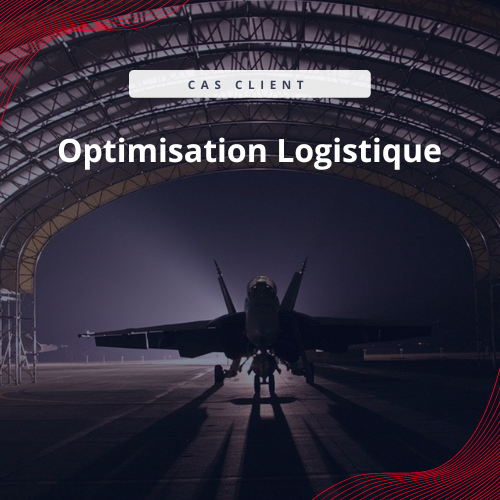What is traceability?
Traceability means being able to trace the history, application, use, and location of an object or its characteristics using recorded identification data.
What are the functionalities of industrial traceability?
In industry, poorly organized management of equipment (tool tracking, spare parts, containers, etc.) can lead to significant productivity loss due to searching for lost equipment, inventory time, inadequate maintenance monitoring, etc.
Manufacturing traceability solutions help to ensure the quality, safety, and conformity of industrial products throughout the production and distribution chain. Traceability also makes it possible to optimize production and maintenance processes.
The main objectives of industrial traceability are:
- to ensure quality: advanced traceability solutions make it possible to track the history of each tool and product, which facilitates the detection of any quality issues and implementation of appropriate corrective measures
- to improve inventory management: real-time knowledge of tool availability facilitates inventory management and allows better planning of purchases and replacements
- to reduce costs: monitoring tool history makes it possible to plan maintenance and repair operations, thereby maximizing operational efficiency
- to strengthen safety: traceability makes it possible to guarantee that tools used comply with applicable safety standards, and to reduce tool loss, minimizing operational risks
In summary, tool traceability in a production plant is a key factor in ensuring product quality and safety, while optimizing stock management and production and maintenance operations.
Technology as a response
Implementing industrial traceability systems often requires the use of advanced technologies. Multiple technologies are now available to allow manufacturers to monitor the products, materials, and tools used throughout the production process.
Printed symbols such as barcodes, data matrices or QR codes can be scanned to retrieve product information. These are widely used in industry to ensure traceability, but do not provide a real-time overview. This low-cost technology has two major drawbacks: it cannot be used to track a large number of items simultaneously, and the labels deteriorate easily and are therefore unsuitable for most traceability needs in an industrial environment.
Optical systems use image recognition systems. Cameras capture images of the products and can therefore trace their location. This solution is relatively flexible and enables real-time monitoring. However, this technology does not allow for unique identification, and it remains costly. It also has technical limitations associated with camera lighting and viewing angles.
Global Positioning System (GPS) is a location technology which tracks objects while they are in transit. This technology also enables accurate, real-time tracking, but requires each GPS chip to have a battery or power source. In addition, GPS-based traceability systems are vulnerable to GPS signal disruptions, posing security risks.
RFID (Radio Frequency Identification) uses electronic chips coupled with objects, which can be read without contact by RFID readers. The RFID system is activated by the transmission of electromagnetic energy between a radio tag (also known as a transponder) and an RFID transmitter (known as an RFID reader). The radio tag, composed of an electronic chip and an antenna, receives the radio signal transmitted by the reader, which is also equipped with advanced RFID technology. The components make it possible both to read and respond to signals. This innovative IoT solution can be used to read a large number of objects simultaneously, and offers the advantage of great accuracy, as each object is coupled with a single, dedicated chip. RFID is widely used as an industry IoT solution in highly demanding sectors such as defense, aeronautics, transport, healthcare, and energy.
For an RFID system to successfully track assets, it must include all of the following components:
- A reader: a transceiver with a decoder for interpreting data.
- A transponder (or tag): the RFID tag, which has been programmed with specific information.
- An antenna: used to transmit a signal from the reader and receive the response sent by one or more transponders.
This technology is available in three versions:
- Passive RFID: passive RFID operates in read-only mode, as the chip has no battery and must be presented to the reader in order to be read. A powerful electromagnetic signal is then sent to it, making it possible to activate the RFID chip and read the information it contains.
- Active RFID: active RFID operates with an energy source (such as a small cell or battery), allowing the card to be read at a greater distance. This technique is mainly used for vehicle tracking or logistics traceability.
- Semi-passive RFID: just like active RFID, semi-passive RFID is powered by an energy source. However, the battery powers the RFID chip at regular time intervals. It does not send a signal. This is a useful food traceability technology, in particular for recording temperature variations during transportation.
Frequency is the characteristic used to establish communication between the chip and the antenna. Chips are mainly differentiated by operating frequency and reading distance.
Three types of frequency are used for RFID chips:
- Low frequency (125Khz)
- High frequency (13.56 MHz)
- Very high frequency (UHF).
LF/HF is preferred for applications reading and writing large volumes of data selectively at short distance. UHF is best-suited for long-distance reading and writing.
Connected objects and the Internet of Things
The Internet of Things (IoT) is a technological concept which involves connecting physical objects to the Internet, in order to generate data associated with these objects and their use.
The basic principle of the IoT is to equip physical objects with systems allowing them to “communicate” online, using standardized communication protocols such as Wi-Fi, Bluetooth, NFC, UHF, etc.
These objects therefore become “connected”. They then emit numerous items of data which can be used to monitor the object’s status, provide information on its location and environment, or trigger actions according to certain conditions. This data can then be collected and analyzed for purposes such as optimization, forecasting, customization, and improvement.
IoT platform solutions
With the emergence of connected object installations, comes the need to integrate and consolidate the information collected. This is the role of the IoT platform.
An IoT platform is a set of software programs and services that makes it possible to manage objects and connect them to the Internet. These platforms are designed to facilitate the deployment and management of connected objects.
They provide functionalities for collecting, analyzing and viewing the data generated by these objects in real time.
They offer great added value, as they enable the organizations that use them to automate processes, optimize operations, and avail of data needed for decision-making.
There are three main types of IoT platform solution: cloud platforms, development platforms, and off-the-shelf platforms.
Cloud platforms are open and offer functional blocks based on which the user, with the help of a developer, can create complete functions.
Development platforms dedicated to connected objects enable tech integrators to rapidly develop IoT industry solutions.
Off-the-shelf IoT platform solutions, offered by product suppliers, provide operational staff with turnkey systems which are easy to set up, but can sometimes prove difficult to customize and inflexible. However, plug-ins can be added to adapt them to an end customer with specific needs.
Sources
- A systematic review of RFID applications and diffusion: key areas and public policy issues – Journal of Open Innovation: Technology, Market, and Complexity – 2015
- Who will win the IoT Platform Wars? – BCG – June 2017
https://www.bcg.com/publications/2017/technology-industries-technology-digital-who-will-win-the-iot-platform-wars - Les technologies RFID – Techno Sans Frontière – January/February 2015
- The current state of RFID – Teknologisk Institute – 2016
- Winning in IoP: It’s all about the business processes – BCG – January 2017
https://www.bcg.com/publications/2017/hardware-software-energy-environment-winning-in-iot-all-about-winning-processes

 Français
Français